In the production of medical injection-molded parts, product discoloration is a critical quality issue. As medical products directly contact the human body, the stability of their color not only affects appearance but also involves safety and compliance. This article systematically analyzes the causes of discoloration from four major dimensions: equipment, mold, process, and raw materials, and provides targeted solutions to help enterprises improve production quality.
1. Equipment Factors: Temperature Control Failure and Foreign Matter Contamination
-
Temperature Control System Anomalies:
Malfunctions in thermocouples, temperature controllers, or heating systems can lead to uncontrolled barrel temperatures. For example, a medical device factory experienced PC material degradation and discoloration due to an aged thermocouple, which caused the barrel temperature to exceed the set value by 15°C. It is recommended to calibrate the temperature control system every shift to ensure a temperature fluctuation range of ≤±2°C.
-
Foreign Matter Wear in the Barrel:
Metal fragments remaining in the barrel or metal shavings generated by screw wear can continuously grind plastic particles, causing localized overheating and discoloration. A factory producing syringes encountered black spots on transparent parts due to uncleared screw gaps. Regular inspection of the screw-to-barrel clearance and the use of chrome-plated screws can reduce shear heat by 40%.
-
Dust Contamination:
Dust accumulation in the hopper may introduce foreign-colored particles. A factory producing medicine bottle caps experienced batch discoloration due to improper hopper cleaning, resulting in black impurities. It is recommended to use enclosed hoppers and install magnetic filters.
2. Mold Factors: Structural Defects and Poor Ventilation
-
Gate and Runner Design:
An excessively small gate or insufficient main runner size can lead to concentrated shear heat. A factory producing catheter connectors encountered yellow streaks at the gate exit due to a side gate diameter of only 1/3 of the part wall thickness. The gate thickness should be adjusted to at least 2/3 of the part wall thickness, and runner polishing should be optimized to Ra0.4μm or better.
-
Ventilation System Failure:
Poor mold ventilation can cause gas compression and high temperatures. A factory producing breathing masks encountered material scorching and discoloration due to insufficient vent slot depth (<0.03mm). Vent slot depths should be checked daily to ensure ≥0.03mm.
-
Mold Cleanliness:
Residual mold release agents or oil stains in the mold cavity can cause reaction discoloration. A factory producing blood collection tubes encountered fog marks due to incomplete mold cleaning, which caused the mold release agent to react with ABS material. It is recommended to use a halogen-free vacuum plating degreaser for pretreatment.
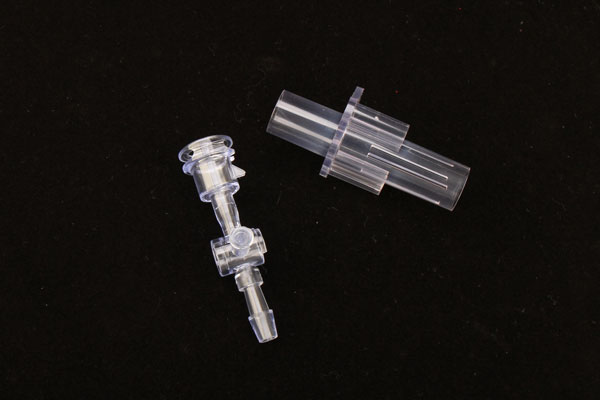
3. Process Parameters: Thermal Runaway and Shear Overload
-
Temperature Management Loss of Control:
Barrel temperature fluctuations exceeding 5°C can cause material decomposition. A factory producing connectors observed a 30% increase in black spot rate when the rear section temperature fluctuated by 5°C. A stepped heating method should be adopted to ensure a temperature difference of ≤3°C between sections.
-
Injection Speed and Pressure:
High-speed injection (>80mm/s) can generate shear heat. A factory producing infusion sets encountered PP material degradation and discoloration due to excessive injection speed. A three-stage injection method is recommended: fast (70mm/s)-slow (30mm/s)-fast (50mm/s).
-
Long Molding Cycle:
Downtime exceeding 5 minutes can cause melt stagnation and decomposition. A factory producing surgical instruments encountered PA66 material carbonization due to failure to clear the barrel in time. The barrel should be cleared every 2 hours, and PE material should be used for stepped cleaning.
4. Raw Material Factors: Contamination and Decomposition
-
Batch Variations:
Differences in color masterbatch dispersion between batches can cause color variations. A factory producing catheters encountered a color difference of ±0.3ΔE between products from the same mold due to inconsistent color masterbatch batches. A raw material batch traceability system should be established to ensure color masterbatch addition errors of ≤±0.5%.
-
Moisture and Volatiles:
PC material with a moisture content exceeding 0.015% will inevitably develop silver streaks. A factory producing medicine bottles encountered cracks due to a dryer dew point exceeding -30°C. A desiccant dryer should be used to ensure a dew point of ≤-40°C.
-
Additive Stability:
Colorants with poor temperature resistance can decompose and discolor. A factory producing syringes encountered fading during annealing at 120°C due to the use of ordinary organic pigments. It is recommended to use inorganic pigments or a complex antioxidant system containing semi-hindered phenols.
5. Solutions: Systematic Control Strategies
-
Equipment Maintenance:
Implement a daily inspection system focusing on thermocouples, screw wear, and hopper sealing. A medical device factory reduced equipment failure rates by 60% through this system.
-
Mold Optimization:
Use Moldflow simulation to analyze gate and runner designs. A factory producing catheter connectors improved cavity pressure uniformity by 45% through gate position optimization.
-
Process Standardization:
Develop process parameter cards to specify temperature, speed, and pressure ranges for each material. A factory producing surgical instruments increased product合格率 (conformance rate) from 82% to 98% through standardization.
-
Raw Material Control:
Implement colorimeter testing and establish a raw material spectral database. A factory producing medicine bottles controlled batch color differences within ±0.2ΔE through this measure.
Conclusion
Discoloration issues in medical injection-molded parts require systematic control across equipment precision, mold design, process parameters, and raw material quality. By implementing measures such as standardized temperature control, mold CAE analysis, process parameter cards, and raw material spectral testing, enterprises can effectively reduce discoloration risks and enhance product compliance and market competitiveness.
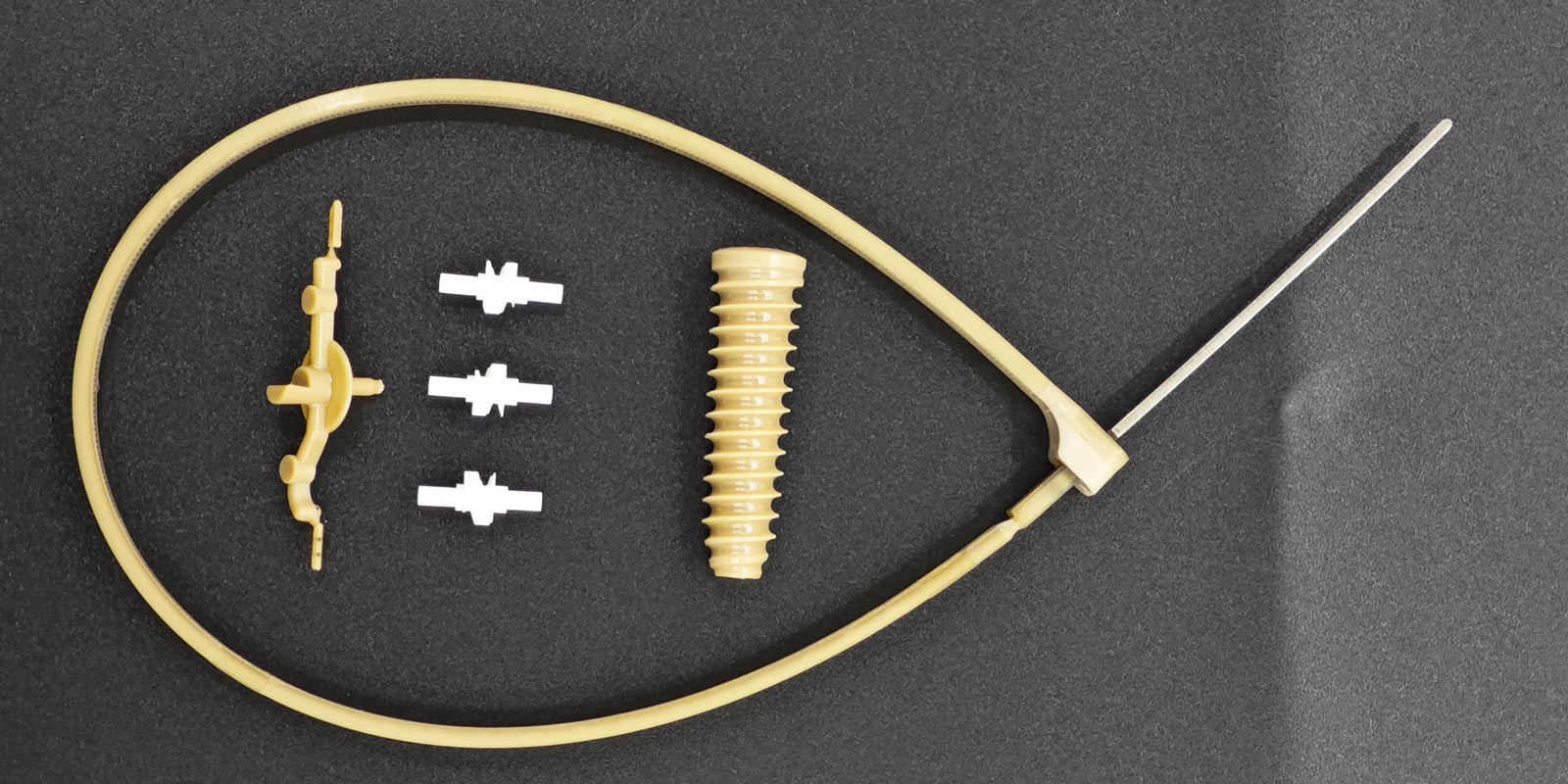
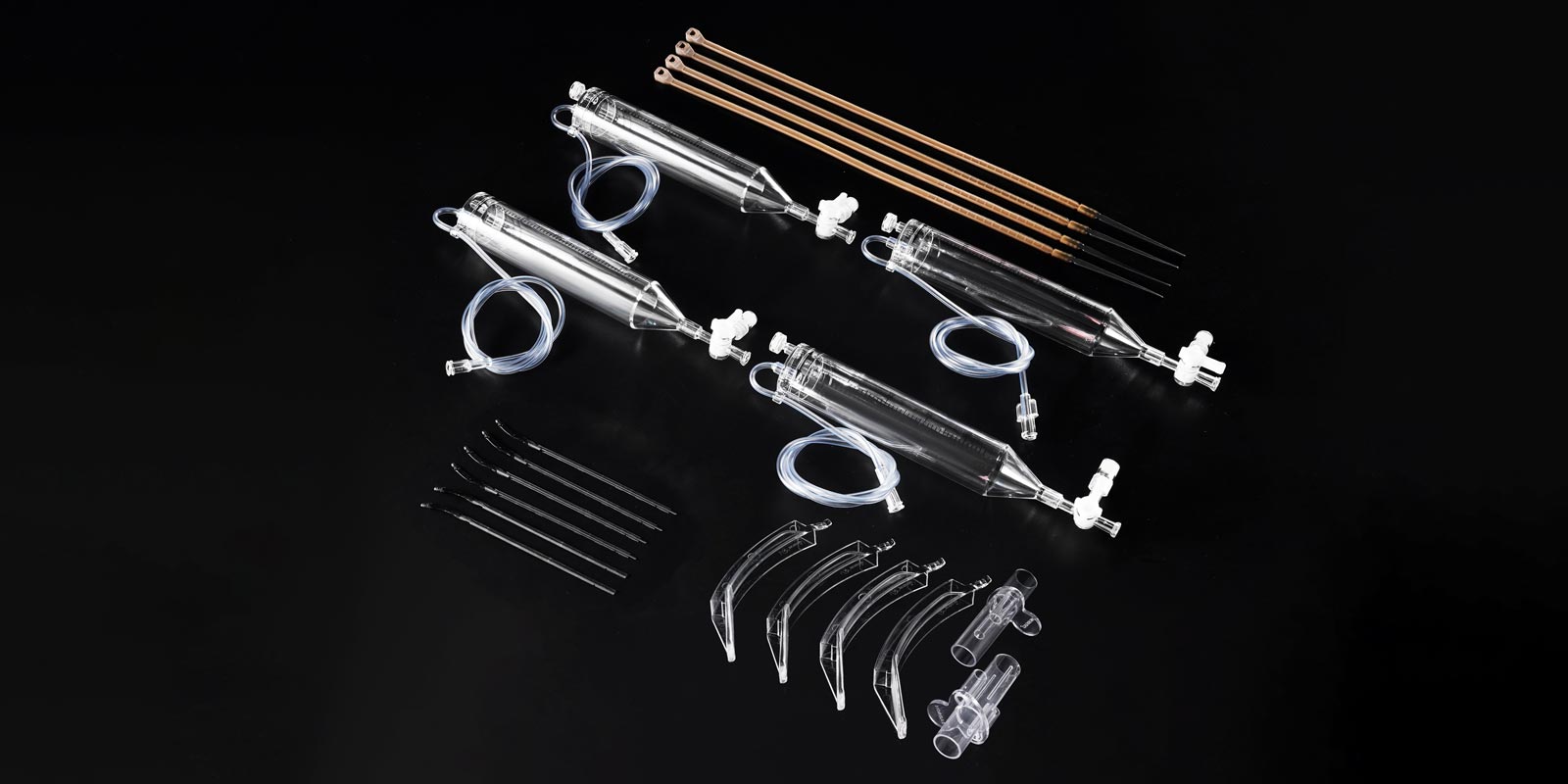
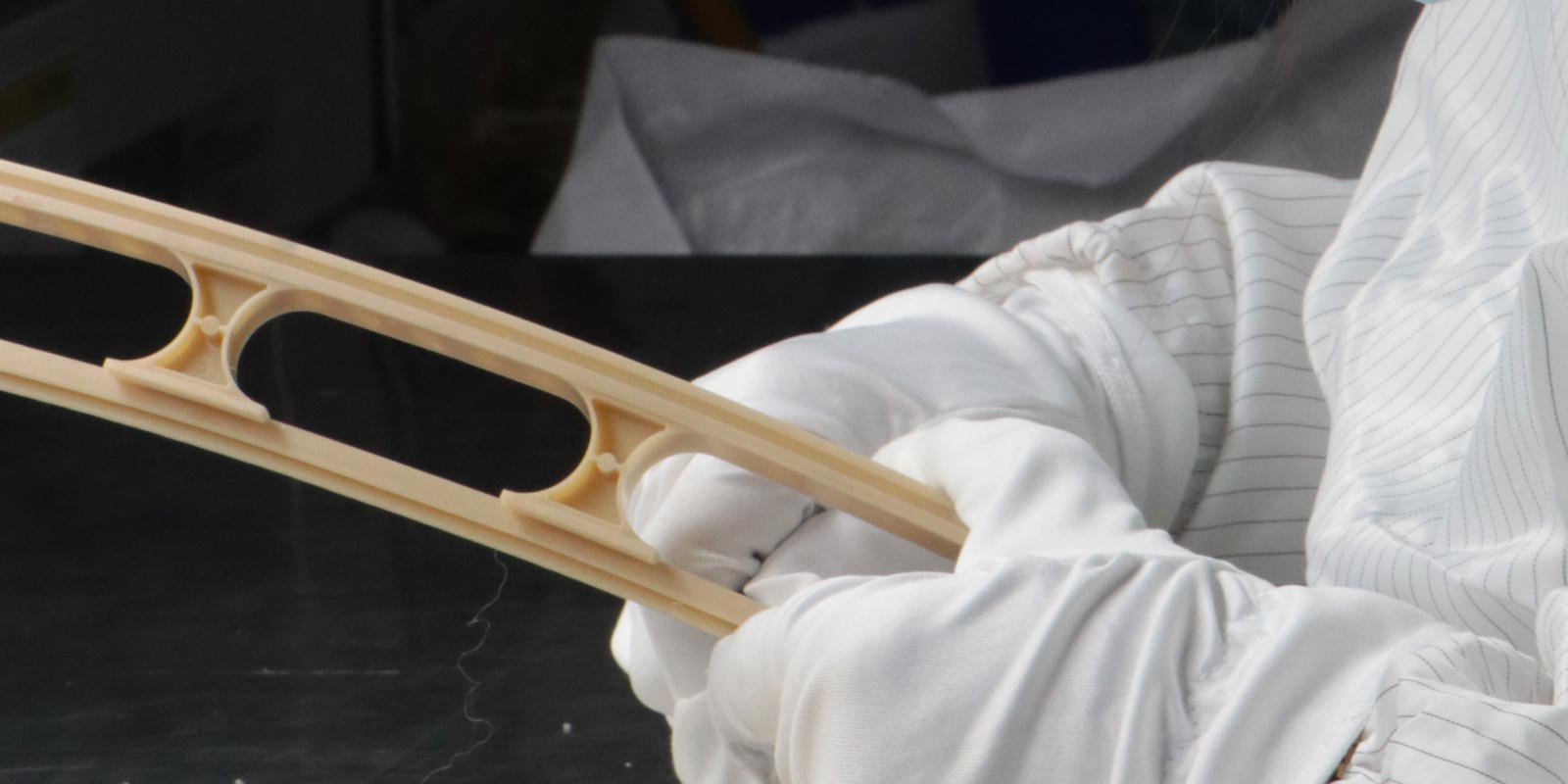
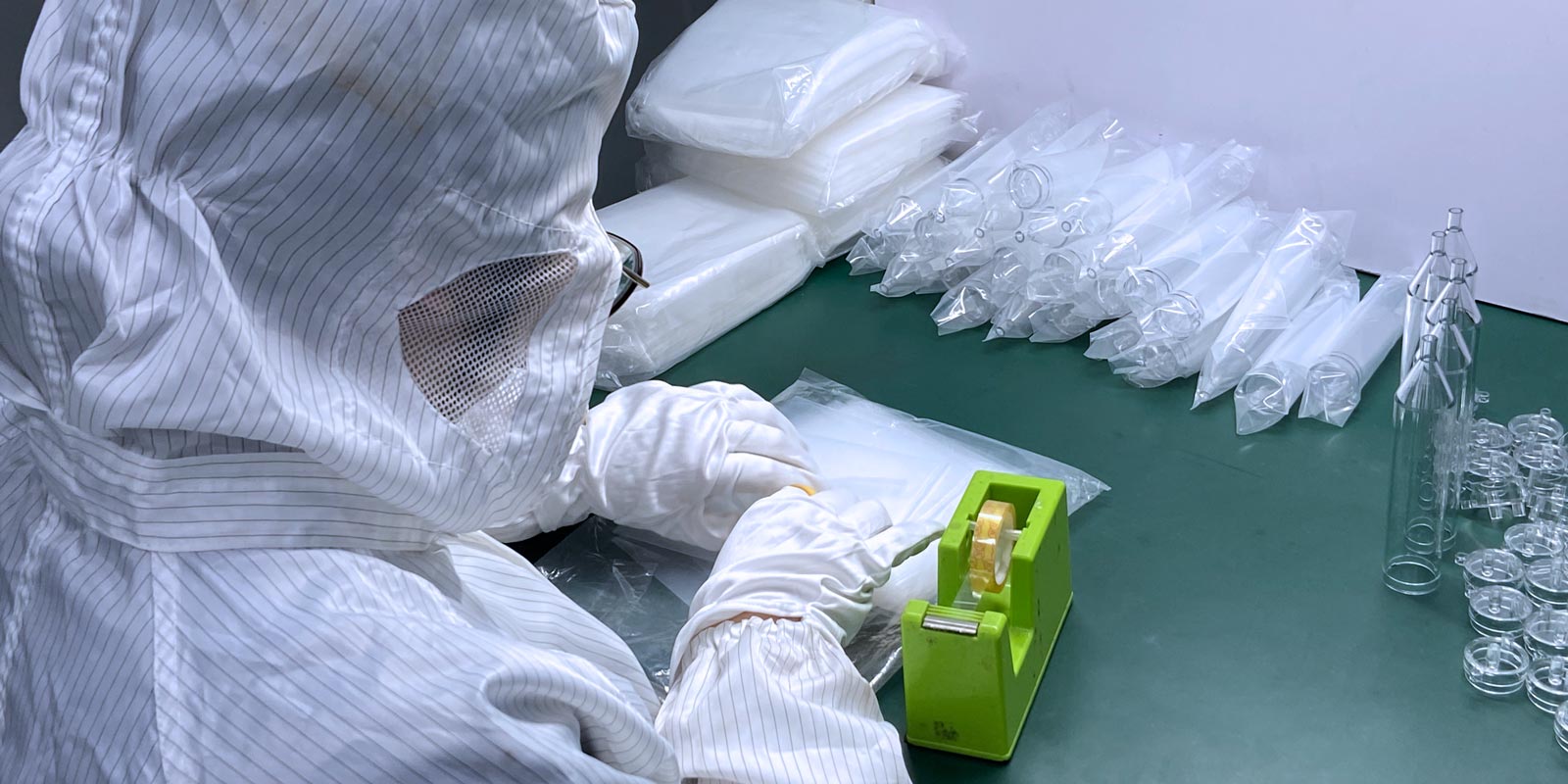
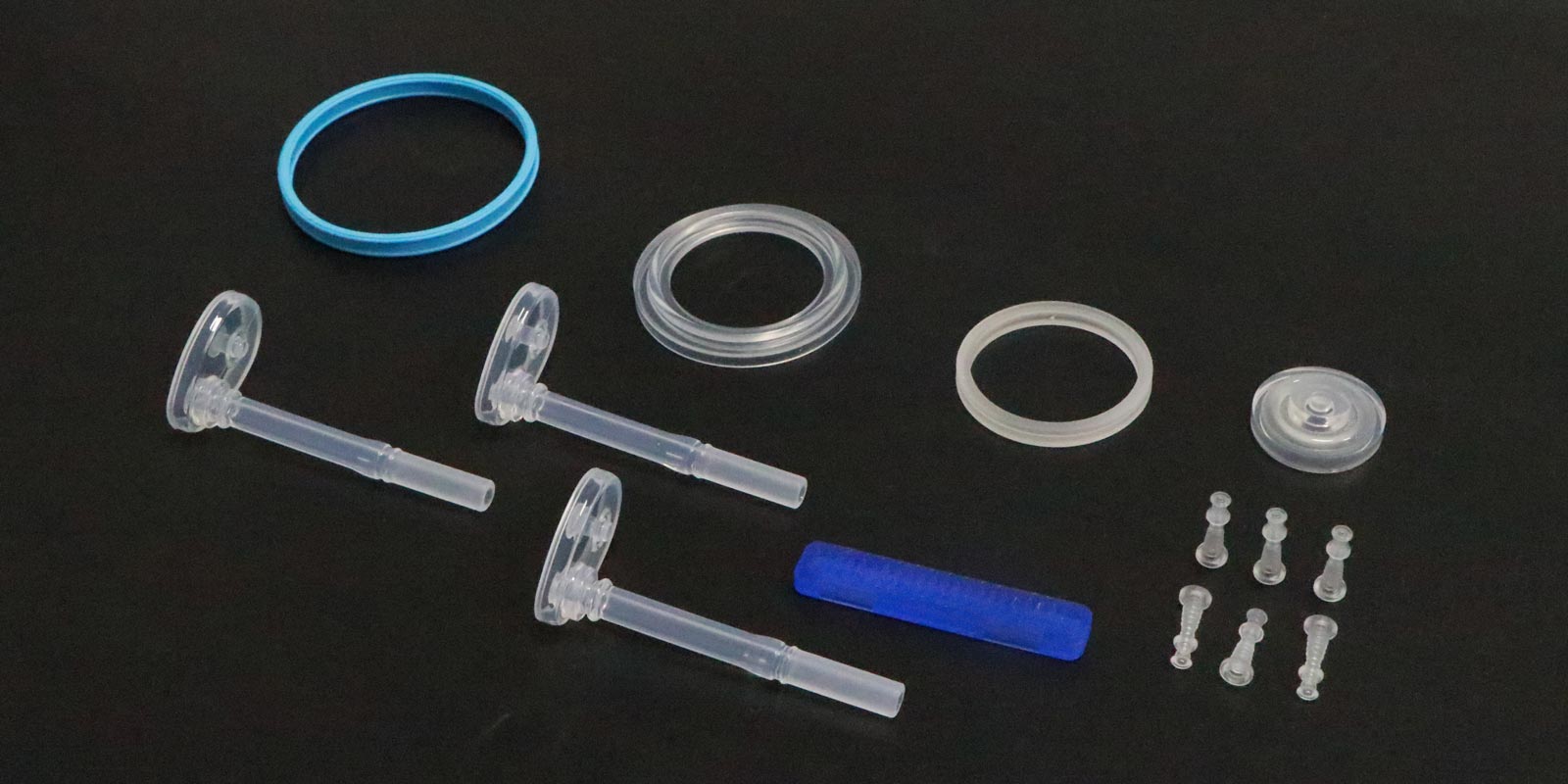
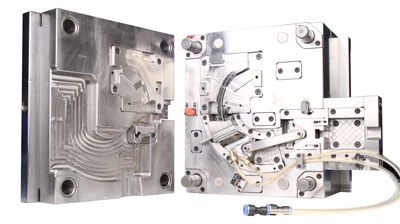
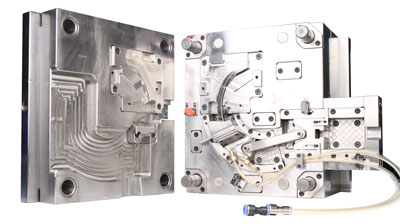
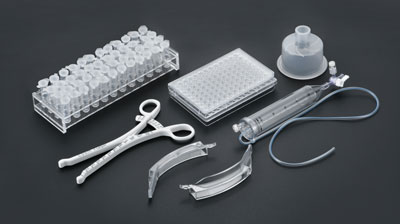








 Home
Home
